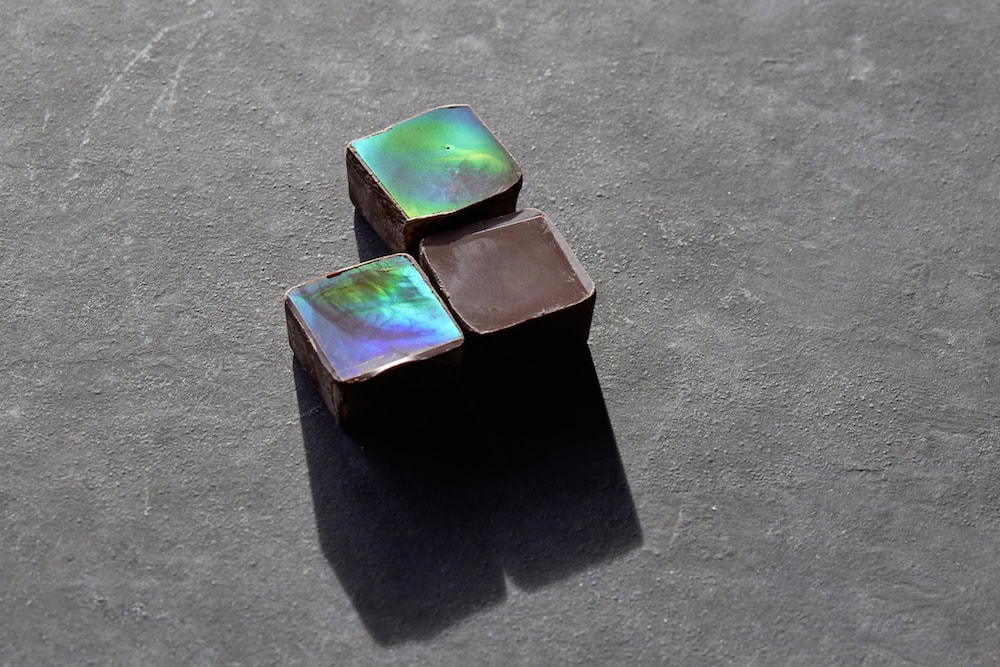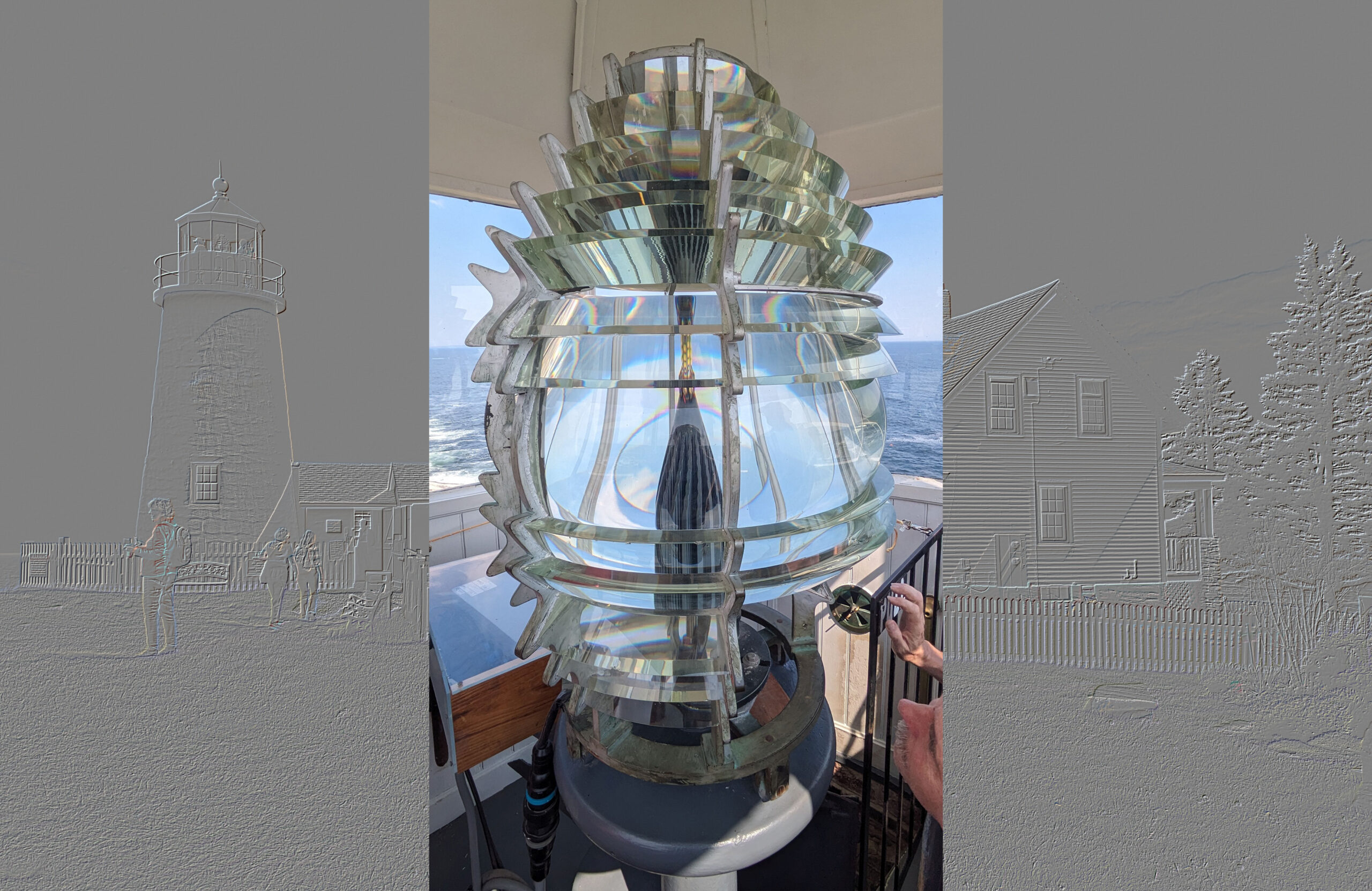
[Image above] All that glitters is not gold—it could be chocolate instead! Credit: Giulia Marthaler, ETH Zurich
I don’t know about you, but I look forward to Valentine’s Day every year for one specific reason—so I can stock up on the Little Debbie Valentine-special Cosmic Brownies that are way better than the original.
Other than that, I largely ignore Valentine’s because, unlike Halloween goodies, the other holiday-specific chocolates are generally above my preferred price range. But I may be willing to pay a bit more for sweets if the shimmery chocolates developed at ETH Zurich make it to market.
An ETH press release on the discovery explains how a food scientist (Patrick Rühs), materials scientist (Etienne Jeoffroy), and physicist (Henning Galinski) got talking about chocolate during their coffee break one day. They wondered how it might be possible to create colored chocolate, and they started experimenting in the break room kitchen on Friday afternoons.
They initially considered using edible coatings of gold and titanium oxide to create color but decided the production process made this method too complex. Instead, they investigated imprinting the chocolate’s surface to induce structural color, i.e., color produced by the interaction of light with micro- or nanostructures.
The idea of imprinting chocolate to induce structural color is not new (check out this video by Tech Ingredients on making diffraction gratings in chocolate). However, the imprint identified by the researchers with the help of materials science graduate student Anita Zingg is very effective at causing the chocolate to shimmer, as seen in the video below.
The researchers now are working with Per Magnus Kristiansen and Jerome Werder at the FHNW University of Applied Sciences and Arts Northwestern Switzerland to create a mold that imprints multiple chocolates at a time. Additionally, they are in discussions with major chocolate producers and plan to establish a spin-off company soon—hopefully by next Valentine’s!

Credit: ETH Zürich, YouTube
Author
Lisa McDonald
CTT Categories
- Optics


